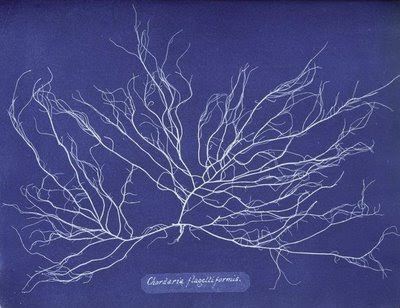Bard Graduate Center Exhibition
May 18 - July 31, 2011
May 18 - July 31, 2011

EVE ASHCRAFT MATTHEW GOODRICH ELIZABETH DOW

The Gestalt of COLOR
Moderated by Rebecca Allan
Bard Graduate Center Forum
Yes, I did have to google gestalt. Even though Rebecca Allan, Head of the Education Department at the Bard Graduate Center did try to define the word at the beginning of her remarks, I just wanted to make sure I got it right.
And for once the title of a program actually made sense. Three designers (Ashcraft, Goodrich, Dow) did talk about the power of color to define form, illuminate space and reflect light.
These are the people who know people.
ELIZABETH DOW makes things... made by hand... in America...with Americans. These things take the form of wall coverings, both custom and stocked. Using some traditional techniques, like combing, Dow creates pieces that are have the feel of paintings. Each panel slightly different from the next. Each color-way UNIQUE.
If you want to see a sample of her work go to the Oval Office. One of Obama's requirements for interior furnishings at the White House was that they be made in America by Americans.
In a very matter of fact way, Elizabeth Dow showed slide after slide of artists who had influenced her work. I could appreciate her desire to transform or translate a Morris Louis trademark: the soak and stain technique into a wall covering. Her work is as close as one can get to the real thing: something hand-painted by an artist.
EVE ASHCRAFT is known as a master colorist. She is the person that helps clients and corporations develop color for residences or in the case of Martha Stewart a line of paints.
Like Elizabeth, Eve also talked about her inspirations. A door in her neighborhood...a metrocard...a bus ticket. In my collecting days, I also saved tickets of all kinds for the graphics or color. Eve described how ephemera provide a resource for her color exploration. "The more you collect, the more you see. These things remind you of the moments when you understood something."
GESTALT...is a psychology term which means "unified whole". It refers to theories of visual perception developed by German psychologists in the 1920's. These theories attempt to describe how people tend to organize visual elements into groups or unified wholes when certain principles are applied.
And for once the title of a program actually made sense. Three designers (Ashcraft, Goodrich, Dow) did talk about the power of color to define form, illuminate space and reflect light.
These are the people who know people.
These are the names in small print at the back of the magazine.
These are three creators who think and see.ELIZABETH DOW makes things... made by hand... in America...with Americans. These things take the form of wall coverings, both custom and stocked. Using some traditional techniques, like combing, Dow creates pieces that are have the feel of paintings. Each panel slightly different from the next. Each color-way UNIQUE.
If you want to see a sample of her work go to the Oval Office. One of Obama's requirements for interior furnishings at the White House was that they be made in America by Americans.
In a very matter of fact way, Elizabeth Dow showed slide after slide of artists who had influenced her work. I could appreciate her desire to transform or translate a Morris Louis trademark: the soak and stain technique into a wall covering. Her work is as close as one can get to the real thing: something hand-painted by an artist.
EVE ASHCRAFT is known as a master colorist. She is the person that helps clients and corporations develop color for residences or in the case of Martha Stewart a line of paints.
Like Elizabeth, Eve also talked about her inspirations. A door in her neighborhood...a metrocard...a bus ticket. In my collecting days, I also saved tickets of all kinds for the graphics or color. Eve described how ephemera provide a resource for her color exploration. "The more you collect, the more you see. These things remind you of the moments when you understood something."
Someone in the audience asked all three designers if they had any qualms about making their services available only to high-end clients. Goodrich jumped in and answered the question. "Color is affordable. It filters down. Everyone can have color".
________________________________________
Eve Ashcraft is an architectural color consultant
http://eveashcraftstudio.com
http://eveashcraftstudio.com
Elizabeth Dow is a designer of fine wall covernings
http://www.elizabethdow.com
and the director of Applied Arts School for the Arts in Amagansett
http://www.elizabethdow.com
and the director of Applied Arts School for the Arts in Amagansett
Matthew Goodrich is a design strategist and interior designer at Rockwell Group
www.rockwellgroup.com
www.rockwellgroup.com
Rebecca Allan is a painter and the head of education at Bard Graduate Center.






























 snap du jour (photo blog)
snap du jour (photo blog)




